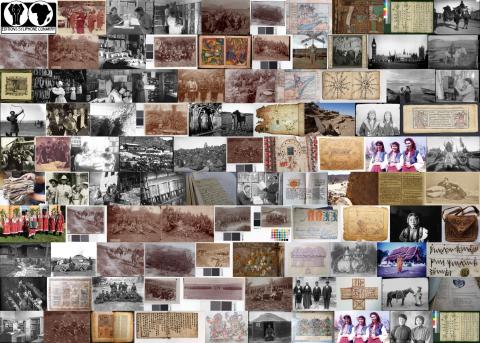
Aims and objectives
The principal objective of this project is to identify and organise the existing archival material in native languages at Luis Reyes García’s private collection, in order to establish its relevance for the local culture and research, which so far remains unknown.
Luis Reyes García’s personal collection comprises about twenty-five lineal meters of archival material, most of it photocopies and photographs of nahua documents. The data is related to nahua colonial institutions and traditions in Mesoamerica in general, and the Puebla-Tlaxcala region in particular. Among the data can be found theatre plays, prayers, Annals, codices, Spanish documents, cacique’s testaments, judicial trials, financial testimonies and documents related to the Nahua Cabildo.
The collection also includes a series of audio recordings on magnetic tapes that registered Indians songs, rituals, prayers, music, dances, conversations and interviews. These recordings were made in at least four native languages: nahua, otomí, totonaco and maya.
These collections of documents and audios in native languages provide some problems. Firstly, most of the written materials were photocopied from the originals that have since been lost. Secondly, the photographs need to be identified, organised and catalogued.
Due to the fact that this project is focused on classical náhuatl from the 16th century, special methodological treatment is required including palaeography, knowledge of classical nahua, knowledge of colonial history in New Spain, etc. Therefore, the specific characteristics of Luis Reyes’ collection require the intervention of several people that can identify, classify and catalogue the materials. For this, an interdisciplinary team of students and specialists will be involved.
Outcomes
The main objective of this project was to catalogue and organise the existing archival material in native languages at Luis Reyes García’s private collection, in order to establish its relevance for the local culture and research, which so far remains unknown.
The project succeeded in creating a Catalogue of the archival material: 38.13 metres of documents, photographs and audios and a survey made to identify the materials that could be included in a future major digitisation project.
The Catalogue will be located at José María Lafragua Library for consultation.
The twelve undergraduate students who participated in this project benefited from the professional development in their field of study and provided them with better skills. Four nahua students also participated in this project, which contributed to the recognition of their heritage and the value of their language.
Survey report (PDF document 449KB)


